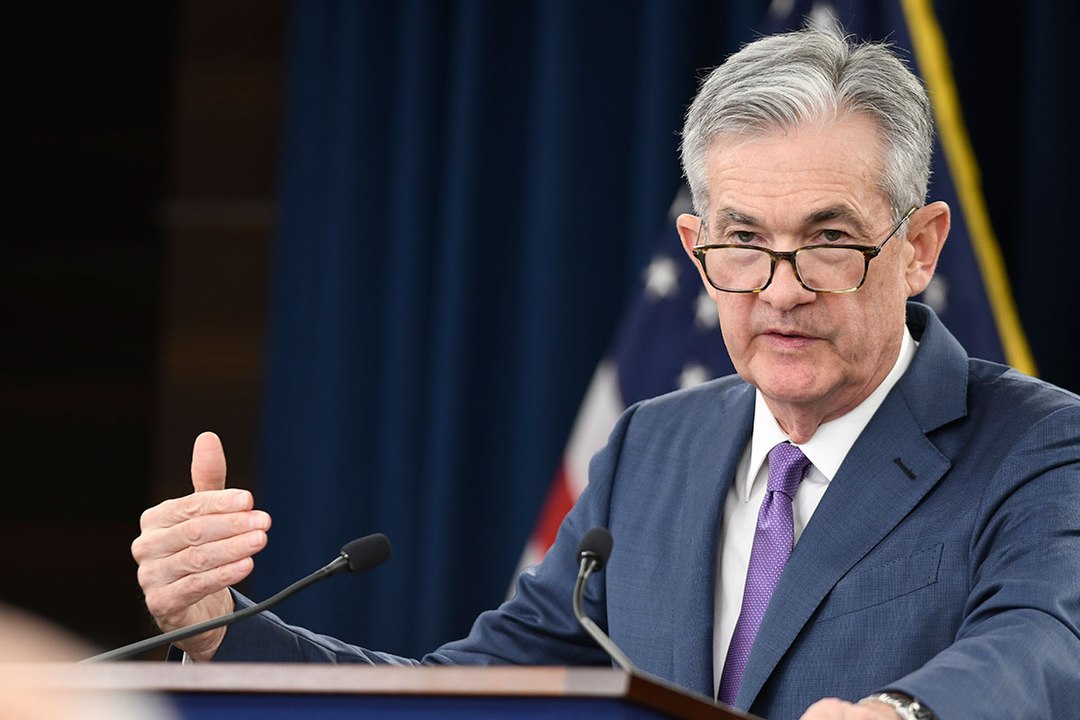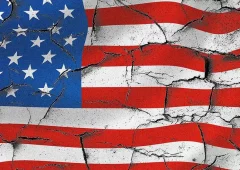Jerome Powell Gave His Answer on Potential Rate Cuts
09.07.2024 17:13 2 min. read Alexander Stefanov
Jerome Powell's testimony infront of the US Congress gave some insight into the Federal Reserve's current stance on rate cuts.
Federal Reserve Chair Jerome Powell says data does not support the greater confidence in inflation path to 2% that the US central bank needs to cut rates.
In other words it is still early to think about rate cuts, despite analysts’ positive predictions. Earlier forecasts showed confidence in a potential rate cut in September.
The Fed chair also said cutting rates too soon or too much could stall or reverse inflation progress. This decision is fundamental not just for the US economy, but for most markets, including crypto.
If Powell decides to lower the rates for the first time this year, this could be a very bullish signal for the stock and crypto markets.
Powell called the labor market “strong, but not overheated,” adding that the central bank’s restrictive stance is working to bring supply and demand into better balance.
“Another increase in the jobless rate in the July report could challenge our base case of one rate cut this year in December, raising the possibility of two cuts starting in September,” said Yelena Shulyatyeva, senior economist at BNP Paribas.
The probability of interest rates remaining constant in July is at 95.3%, while a 25 basis point reduction in the meeting on September 18 is forecasted around 73.6%, according to data from FED Watch.
Powell also stated that a hike in interest rates is highly unlikely, although probable.
-
1
U.S. PCE Inflation Rises for First Time Since February, Fed Rate Cut Likely Delayed
27.06.2025 18:00 1 min. read -
2
Key U.S. Economic Events to Watch Next Week
06.07.2025 19:00 2 min. read -
3
Gold Beats U.S. Stock Market Over 25 Years, Even With Dividends Included
13.07.2025 15:00 1 min. read -
4
U.S. Announces Sweeping New Tariffs on 30+ Countries
12.07.2025 16:30 2 min. read -
5
US Inflation Heats Up in June, Fueling Uncertainty Around Fed Cuts
15.07.2025 16:15 2 min. read
US Inflation Heats Up in June, Fueling Uncertainty Around Fed Cuts
U.S. inflation accelerated in June, dealing a potential setback to expectations of imminent Federal Reserve rate cuts.
Gold Beats U.S. Stock Market Over 25 Years, Even With Dividends Included
In a surprising long-term performance shift, gold has officially outpaced the U.S. stock market over the past 25 years—dividends included.
U.S. Announces Sweeping New Tariffs on 30+ Countries
The United States has rolled out a broad set of new import tariffs this week, targeting over 30 countries and economic blocs in a sharp escalation of its trade protection measures, according to list from WatcherGuru.
Key U.S. Economic Events to Watch Next Week
After a week of record-setting gains in U.S. markets, investors are shifting focus to a quieter yet crucial stretch of macroeconomic developments.
-
1
U.S. PCE Inflation Rises for First Time Since February, Fed Rate Cut Likely Delayed
27.06.2025 18:00 1 min. read -
2
Key U.S. Economic Events to Watch Next Week
06.07.2025 19:00 2 min. read -
3
Gold Beats U.S. Stock Market Over 25 Years, Even With Dividends Included
13.07.2025 15:00 1 min. read -
4
U.S. Announces Sweeping New Tariffs on 30+ Countries
12.07.2025 16:30 2 min. read -
5
US Inflation Heats Up in June, Fueling Uncertainty Around Fed Cuts
15.07.2025 16:15 2 min. read


